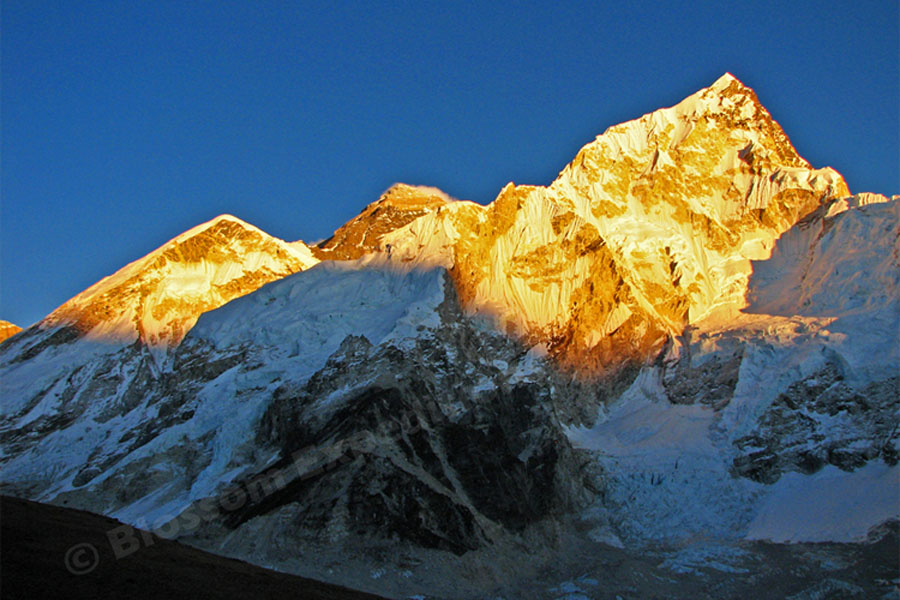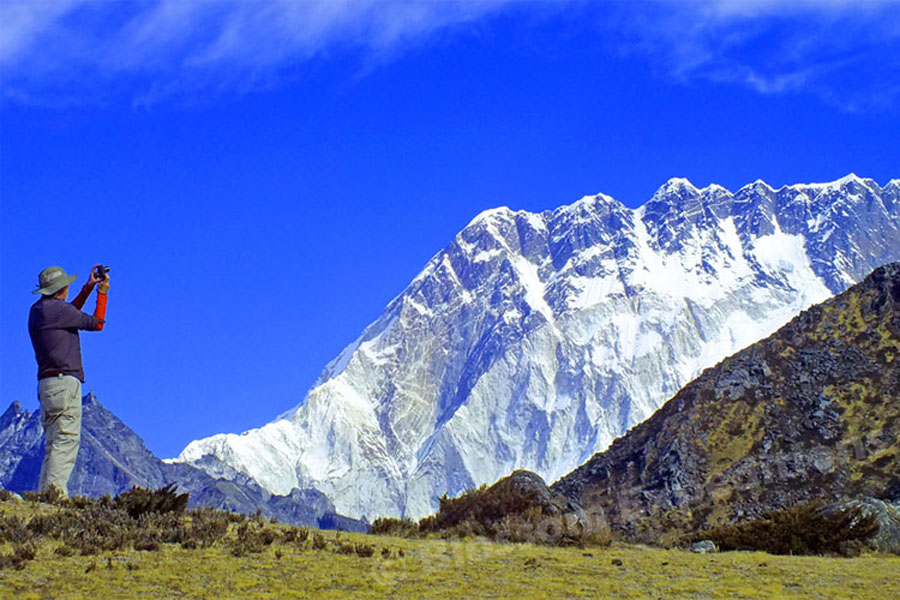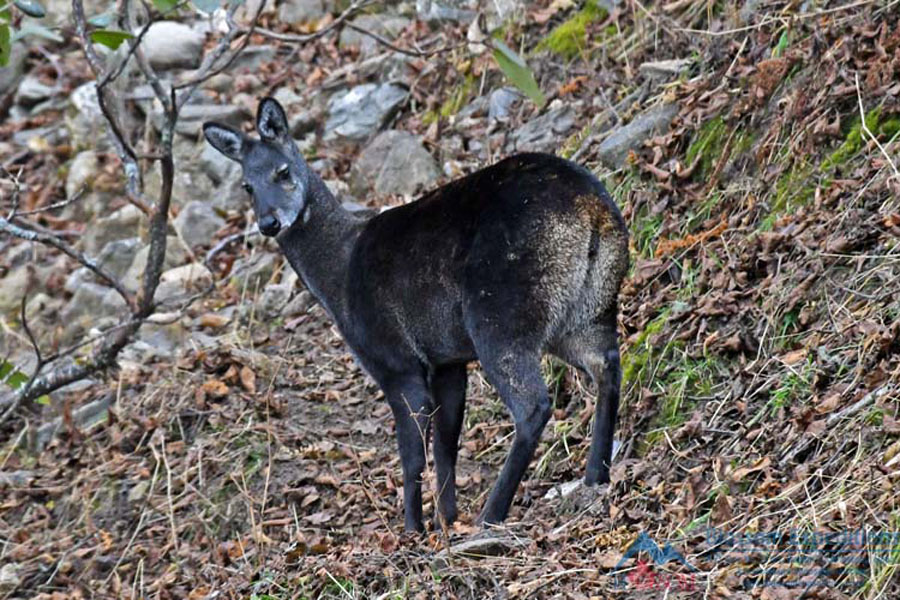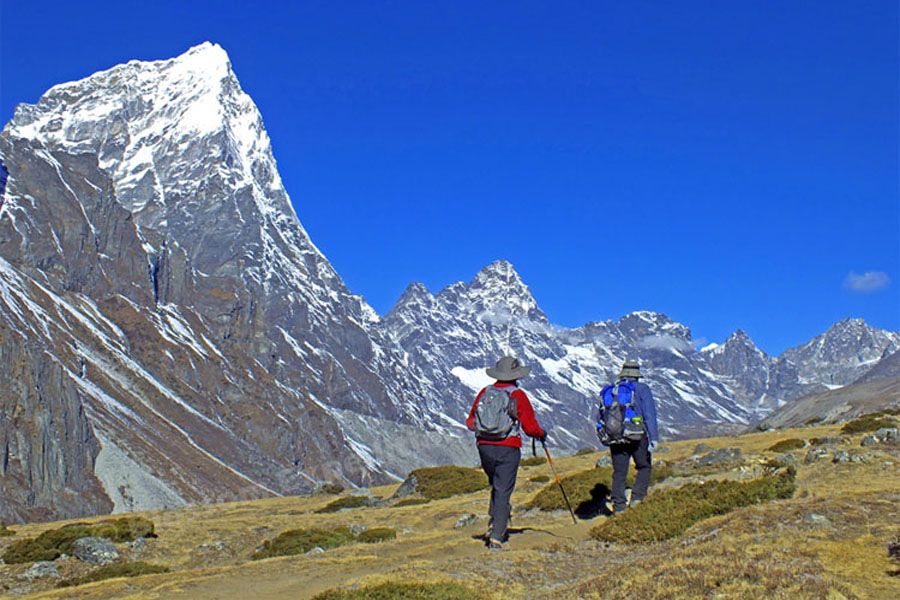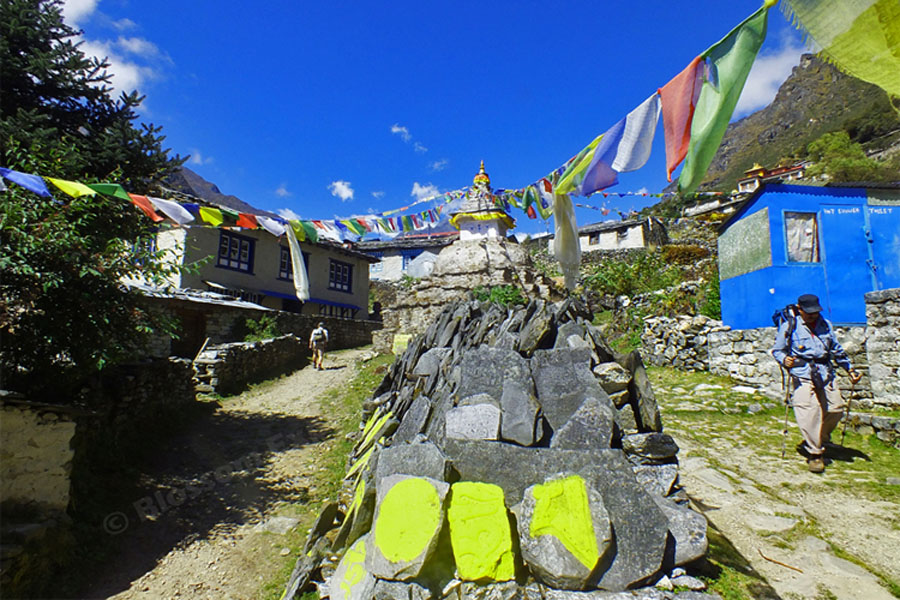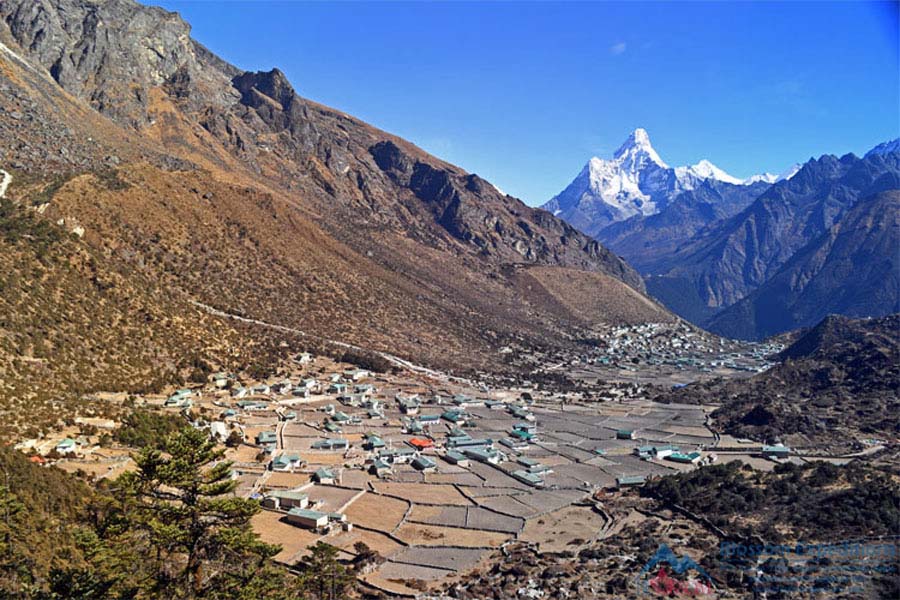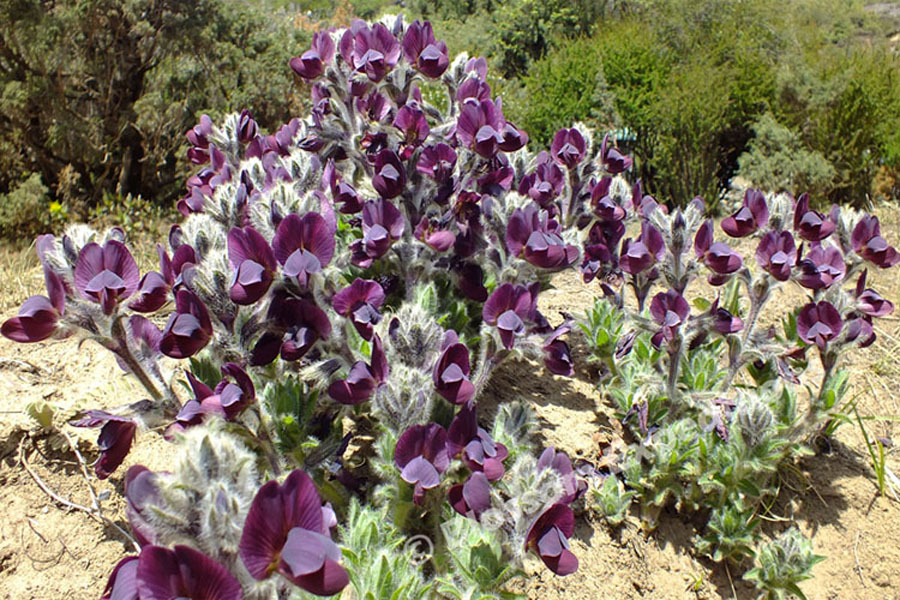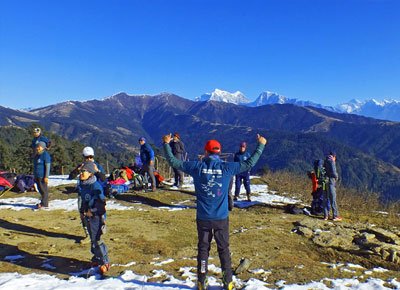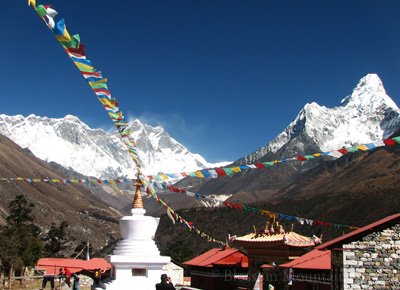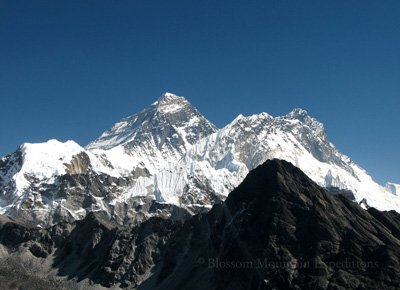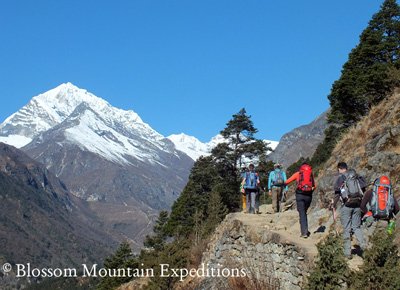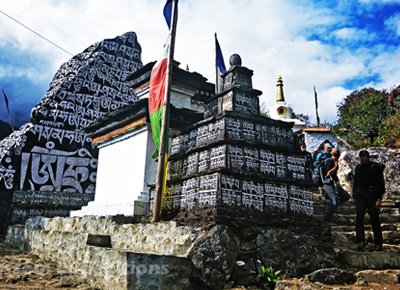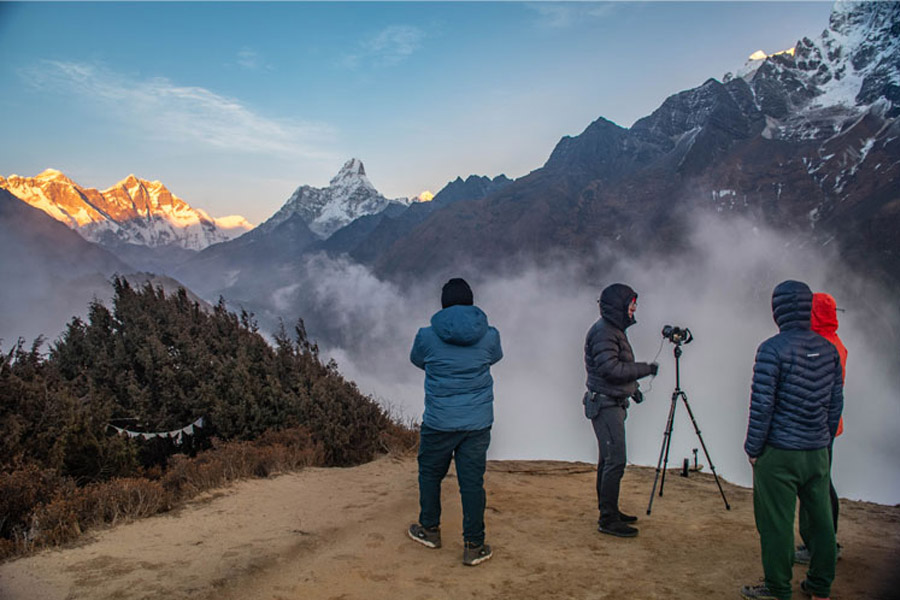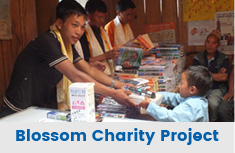Trip Facts
- Total Duration 16 days
- Trip Grade Moderate
- Max Altitude 5545m.
- Start From Lukla
- End From Lukla
- Min Size 2 Pax
- Max Size 10 Pax
- Trip Mode Tea House Trekking
- Accommodation Tea House
- Best Season: Autumn and Spring
Trip Highlights
- Mount Everest, the Tallest Peak: Standing tall at 8,848.68 meters (29,029 feet), Mount Everest is the ultimate highlight. The trek offers breathtaking views of this majestic peak, culminating at the Everest Base Camp, and the opportunity to closely observe the iconic mountain and step into its base camp.
- Sherpa Culture and Lifestyle: Experience the rich culture and warm hospitality of the Sherpa people. Learn about their traditions, cuisine, and hospitality as you trek through their villages, gaining insight into their way of life.
- Sagarmatha National Park: Explore the beautiful Sagarmatha National Park, a UNESCO World Heritage Site renowned for its diverse flora and fauna.
- Ancient Monasteries, Stupas, and Mani Walls: Discover ancient monasteries, intricately crafted stupas, and Mani walls, each narrating tales of spirituality and history. These cultural landmarks add depth to the trekking experience.
- Khumbu Glacier: It is the highest glacier on earth, and offers a surreal and humbling experience as you walk along its icy expanse, surrounded by towering peaks.
- Kala Patthar’s Panoramic Views: Ascend to Kala Patar for an unforgettable 360-degree view of the Everest region. This vantage point provides an unparalleled vista, capturing the majesty of Everest and the surrounding Himalayan peaks.
Unforgettable Journey to Everest Base Camp, Nepal
Thousands of adventurers from around the globe flock to the Khumbu Region to witness the awe-inspiring majesty of Mount Everest, the world’s highest peak. At Blossom Expeditions, we have crafted the ultimate Everest Base Camp Trekking itinerary to meet the desires of every trekker. This region offers more than just towering peaks; it is the heartland of the renowned Sherpa community, rich in unique traditions, ancient historic Buddhist Monasteries, Stupas, and intricately carved Mani walls. The Everest Region is a place to learn about Sherpa history, culture, and Himalayan Buddhist arts and practices.
Why Choose Everest Base Camp Trekking?
For nearly half a century, Everest Base Camp has attracted trekkers seeking adventure and breathtaking scenery. Starting from Lukla, the “gateway to the Everest Region Trek,” the trek follows the Dudhkoshi River Valley, ascending to Namche Bazaar, and visiting Thyangboche, Khumjung, and Pangboche Monasteries. Every step is filled with breathtaking moments, culminating in the sight of the Khumbu Glacier.
Many dream of trekking to Everest Base Camp but often hesitate due to a lack of confidence. With the Blossom Expeditions team, embarking on this once-in-a-lifetime journey is easier than you think. Join us and explore the world’s most beautiful landscapes with confidence and ease.
Everest Base Camp Venture
Our 14-day adventure begins with a scenic mountain flight from Kathmandu to Lukla. The trek passes through charming Sherpa villages like Phakding, Monjo, Namche Bazaar, Khumjung/Kunde, and Pangboche, reaching Dingboche, where you acclimatize by climbing Nagartsang Peak at 5083 meters. This climb offers stunning views of the Imja Valley, including Mount Makalu, Lhotse, Ama Dablam, and more. Continuing to Gorakshep, you can take an optional day trip to Kala Patthar at 5545 meters and Everest Base Camp at 5330 meters, where you can enjoy magnificent views of some of the world’s highest peaks, including the closest view of mighty Mount Everest. After the Everest Base Camp excursion, we trek back to Lukla to conclude our journey.
The Best Season for Trekking Everest Base Camp
Wondering about the best time to trek to Everest Base Camp? Trekking to Everest Base Camp is an adventure of a lifetime, but the timing of your trek can significantly impact your experience. While it’s possible to trek year-round with proper preparation for extreme weather, certain seasons offer more favorable conditions.
Ideal Seasons for Everest Base Camp Trek
Spring Season (March-May): Spring is the second most popular season for trekking to Everest Base Camp. While you might encounter occasional snow showers in early spring, the weather is generally stable and dry, making it perfect for trekking and high-altitude climbing. You have the best opportunity to witness the variety of wildflowers, including Rhododendron blooms.
Autumn Season (Late September-Early December): Autumn is the most popular time for trekking in Nepal, characterized by clear days and colder temperatures later in the season. The autumn season typically offers stable weather conditions with clear blue skies, breathtaking vistas, and perfect views of the majestic Himalayas and stunning valleys.
Join Blossom Expeditions Today!
Don’t just dream about Everest Base Camp Trekking—make it a reality with Blossom Expeditions. Let us guide you through this incredible adventure to the top of the world and create memories that will last a lifetime. Start the Everest Base Camp Trek and experience the thrill of the Himalayas like never before.
Trip Itinerary
| Day | Program |
| 01 | Arrival at Kathmandu (1300m) International Airport, meet uur representative and transfer to your hotel. |
| 02 | Early morning fly to Lukla (2800m) and Trek to Phakding (2645m) 3-4 hours |
| 03 | Trek to Namche Bazaar (3420m) 6-7 hours |
| 04 | Acclimatization day at Namche and hike to Everest View Hotel (3890m) and back to Namche |
| 05 | Trek to Tyangboche (3970m) 4-5 hours |
| 06 | Trek to Dingboche (4360m) 4-5 hours |
| 07 | Acclimatization day. Climb the Nagartsang peak (5083m) and bck to Dingboche |
| 08 | Trek to Lobuche (4930m) 4-5 hours |
| 09 | Trek to Gorakshep (5160m) and continue to climb the Kalapatar peak (5545m) and back to Gorakshep. 7-8 hours |
| 10 | Hike to Everest base camp (5330m) and back to Lobuche (4930m) 7-8 hours |
| 11 | Trek to Phortse (3865m) 7-8 hours |
| 12 | Trek to Jorsalle (2800m) 7-8 hours |
| 13 | Trek to Lukla (2800m) 6-7 hours |
| 14 | Fly to KTM and rest |
| 15 | Sightseeing Swayambhunath Stupa, Patan Darbar Square, Pashupatinath Tempel, and Boudhanath Stupa. |
| 16 | Departure for home |
Trip Cost
| Per Person | $2045 |
| Single Suplementary | $ 100 |
| Trip Deposit | $ 400 |
What's Included
- Three-night Accommodations in Kathmandu at a three-star standard hotel including Breakfast
- Three-time food (breakfast, Lunch, and Dinner) with Tea or Coffee during the Trekking
- Accommodation during the trip on sharing basis
- Guide, assistant guide, and porter’s wages, food, accommodation, and insurance on Trekking.
- Airfare both way KTM/Lukla/KTM Including Guide
- National Park and TIMS cards Fee
- Domestic airport tax
- Airport Transfer
- Tour Guide and transfer for city sightseeing in Kathmandu
- Entrance fee for city sightseeing
- Government Tax
What's Excludes
- Cold and hard drink and water
- Food in KTM
- Travel insurance emergency evacuation and personal medical expenses.
- Any donation along the trail and anything that not mentioned above
- Staff welfare (Tips)
Trip Highlights
- Mount Everest, the Tallest Peak: Standing tall at 8,848.68 meters (29,029 feet), Mount Everest is the ultimate highlight. The trek offers breathtaking views of this majestic peak, culminating at the Everest Base Camp, and the opportunity to closely observe the iconic mountain and step into its base camp.
- Sherpa Culture and Lifestyle: Experience the rich culture and warm hospitality of the Sherpa people. Learn about their traditions, cuisine, and hospitality as you trek through their villages, gaining insight into their way of life.
- Sagarmatha National Park: Explore the beautiful Sagarmatha National Park, a UNESCO World Heritage Site renowned for its diverse flora and fauna.
- Ancient Monasteries, Stupas, and Mani Walls: Discover ancient monasteries, intricately crafted stupas, and Mani walls, each narrating tales of spirituality and history. These cultural landmarks add depth to the trekking experience.
- Khumbu Glacier: It is the highest glacier on earth, and offers a surreal and humbling experience as you walk along its icy expanse, surrounded by towering peaks.
- Kala Patthar's Panoramic Views: Ascend to Kala Patar for an unforgettable 360-degree view of the Everest region. This vantage point provides an unparalleled vista, capturing the majesty of Everest and the surrounding Himalayan peaks.


